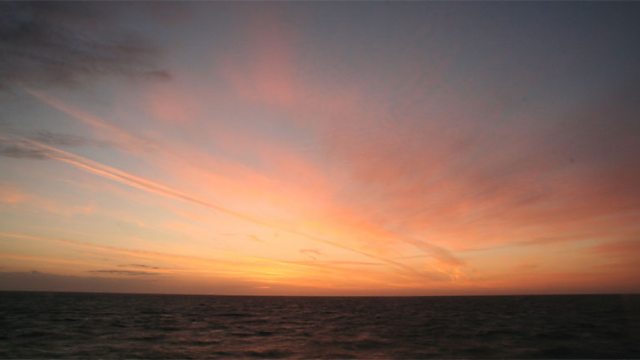Thought for the Day - 11/12/2013 - Rhidian Brook
Thought for the Day
Good Morning,
Whilst one iconic figure is being celebrated in South Africa, another is being toppled in Eastern Europe.
Earlier this week Ukrainians, protesting at their leader’s decision to embrace Russia rather than Europe, pulled a statue of Lenin off its plinth and smashed it to pieces with mallets. As symbolic gestures go, it rates quite powerfully. Lenin is still revered in Russia and chunks of the communist forefather being distributed among protesters and re-sold on e-bay will have sent a clear enough message to Moscow.
It’s a reminder of how yesterday’s revolutionary can becomes today’s reactionary. Indeed, seeing Lenin’s broken image, it was hard not to think of the traveller in Shelley’s great poem Ozymandius who, upon finding ‘two vast and trunkless legs of stone’ in the desert, next to ‘the shattered visage’ of the self-styled ‘king of kings,’ offers a warning to all would-be leaders of the fate that awaits their reputation.
There is something awkward about statues – even those of universally acknowledged great figures. For a start, they generally fail to capture the essence or spirit of a person. As the poet James Thompson wrote: ‘Statues maybe grand but they are not the life for which they stand.’ And what is raised as memorial too often become monumental. What starts as an expression of artistic endeavour can become a symbol of power that demands our reverence - even our worship.
I think there’s also something intrinsically hubristic about them, something that cries out for a tampering – or even a toppling. For a crowd desperate for some lese-majeste, to get one back on a hated authority figure, attacking a statue is an eloquent and bloodless, gesture. And history is littered with bust and broken icons.
But our resistance to them isn’t just political, I think it’s spiritual. And our iconoclasm is traceable to Moses taking God’s commandment to have no other idols before Him very seriously; it’s seen in the smashing of the statues of Roman Emperors by Christians; and, in our own time, in the gleeful un-plinthing of a Saddam Hussein or a Stalin. Even in these supposedly post idol-worshipping days, statues exercise power over people.
Generally, the more oppressive a leader the more monuments to themselves they commission. It’s as if they need to create material reminders of themselves to force people to believe in their greatness. I’d suggest though that the truly great – ‘the giants of history’ as Mandela was described yesterday – don’t need statues precisely because they leave a different kind of legacy. One that’s less obviously visible but that brings life long after they’ve gone. No doubt statues of Mandela will be commissioned (many already have been) but his real legacy will hopefully live on in other ways. For, unlike the Ozymandian ruins, a lasting monument, as the Psalmist suggests, is sculpted by righteousness, justice and love.
Duration:
This clip is from
More clips from Thought for the Day
-
![]()
Rev Jayne Manfredi - 23/12/2024
Duration: 02:48
-
![]()
The Increase of Light. Rev Dr Rob Marshall - 21/12/2024
Duration: 03:14
-
![]()
Catherine Pepinster - 20/12/2024
Duration: 02:56
-
![]()
Rev Lucy Winkett - 19/12/2024
Duration: 03:11






